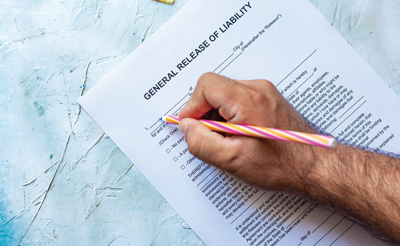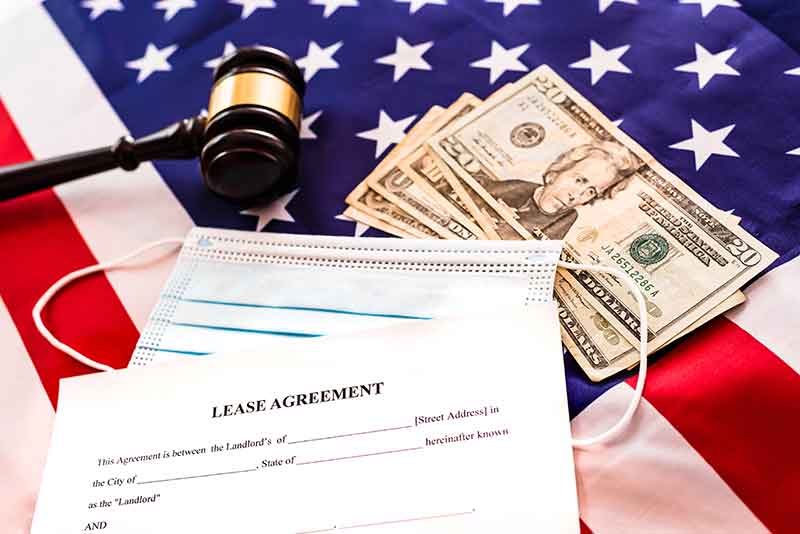Rembaum’s Association Roundup | Jeffrey A. Rembaum, Esq., BCS | Visit HERE
Why It Is So Very Important To Consider Its Inclusion In Every Contract And More
It is surprising to hear from so many community association board members and managers looking to protect their community association that, when asked if they require all vendors to have workers’ compensation insurance as a required term in all of their contracts, it can be like looking at a deer in the headlights. In addition, for reasons explained below, if your community association provides services on a regular basis, such as valet, concierge, fitness programs, etc., then you may also want to consider amending the declaration of covenants or declaration of condominium to include a requirement that the association is contractually obligated to provide such services to its owners because this can help provide liability protection in favor of the association. However, this approach can lead to other problems if the association does not actually provide the required services.
According to the Florida Office of Insurance Regulation, workers’ compensation insurance is coverage purchased by the employer/business that provides benefits for job-related employee injuries, with a few exceptions. Florida law requires most employers to…











